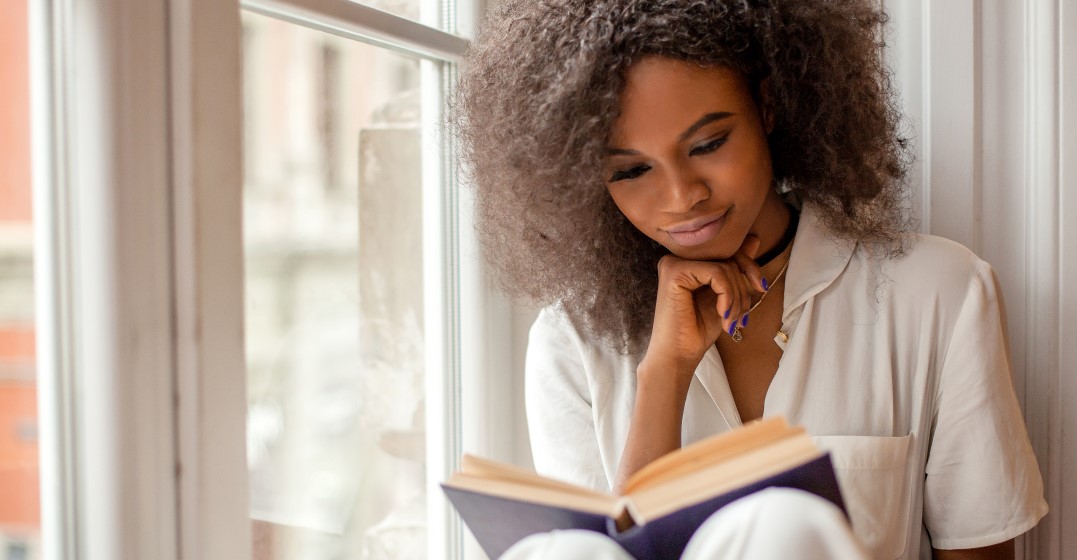by Laura Jones
Updated on October 30, 2023
Is there a correct order for adjectives in English? Yes, there is! If you want to use more than one adjective to describe something, they must be in the correct order. The order of adjectives in English is fixed; say an adjective out of order and it will sound strange to native speakers. The same might be the case in your native language, though it’s probably not something you’ve ever had to think about. Let’s have a look at how the order of adjectives works in English.
The table below shows the normal order of adjectives in English. You may need to memorise the table at first. After some practice, and especially if you have contact with native English speakers, you will be able to use adjectives in the right order without thinking about it too much.
| Type of adjective | Examples |
| determiner or quantity | a, the, these, some, four, my |
| opinion | lovely, nice, easy, comfortable |
| size | big, small, huge, tall |
| physical quality | thin, heavy, rough |
| shape | round, square, triangular |
| age | old, new, young, 300-year-old |
| colour | red, green, blue |
| origin/ethnicity/religion | French, Chinese, Christian, Hindu |
| material | wood, cotton, metal |
| purpose | cleaning, roasting, sports |
Here are some examples of sentences with more than one adjective:
Here’s an example showing how you might use adjectives in the right order to make something more descriptive:
A boat
A lovely boat
A lovely, small boat
A lovely, small, light boat
A lovely, small, light triangular boat
A lovely, small, light, triangular, blue boat.
A lovely, small, light, triangular, blue Greek boat
A lovely, small, light, triangular, blue, Greek, wooden boat
A lovely, small, light, triangular, blue, Greek, wooden fishing boat
Can you spot what’s wrong with the order of adjectives in these sentences?
*Have a look at the end of the blog to see if you’re right.
Sometimes, we join adjectives using and. We do this when the adjectives come after the noun and after a linking verb like be. The second to last adjective in the series is usually connected with and:
We also use and when we use two adjectives of the same type. This is usually with colours:
A general rule when thinking about the order of adjectives is that opinion adjectives come before more factual adjectives. An opinion adjective is something like beautiful, handsome, tasty, unusual; these types of adjectives tell someone what you think. Factual adjectives are everything else: red, large, Turkish, wood. This is an easy way to remember the order of adjectives when you are only using these two types.
You can use as many adjectives together as you want in English, as long as they are in the right order. However, in reality, using a lot of adjectives sounds clunky and strange. It’s common to use two adjectives to describe something, and not unusual to use three. Using more than three adjectives to describe one noun isn’t common and isn’t recommended. But, even if you just want to use two, it’s important to get them in the correct order.
The order of adjectives is used in written and spoken language and generally, it doesn’t change. However, if you want to emphasize a certain quality, you can put that adjective first:
Here, the material is important so it comes before the color. In a normal sentence, it would be the other way around.
Learning to put adjectives in the right order can make your English sound much more natural and it’s quite an easy way to improve!
